 |


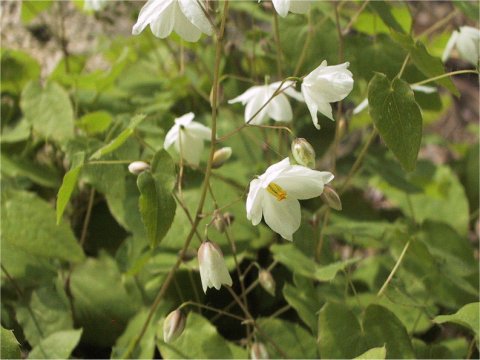

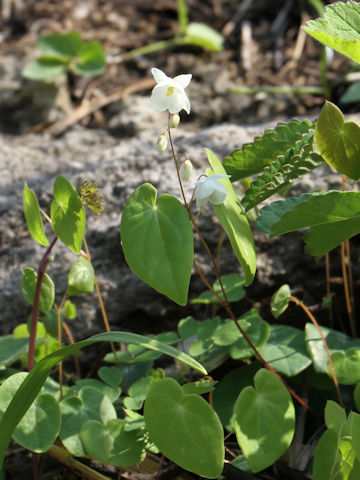

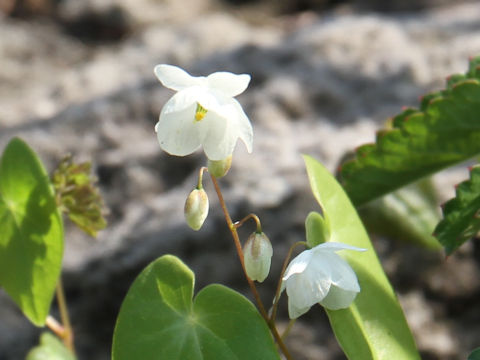

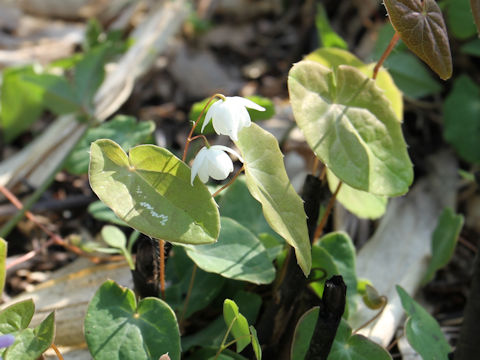

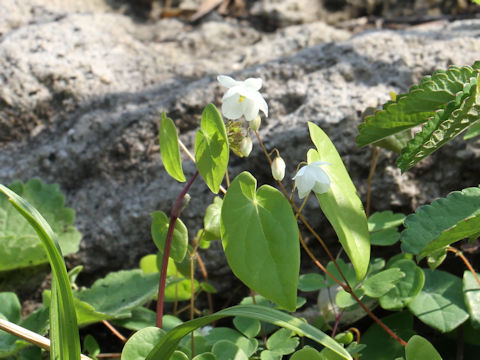

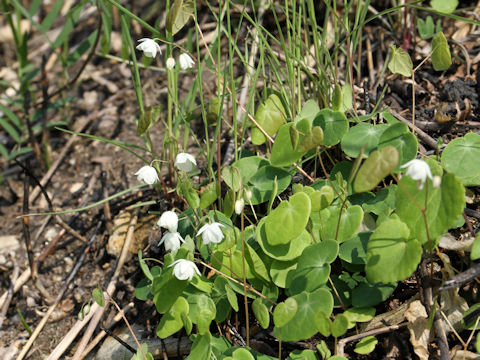





|

|
íªÌ{BAßEnûȼ©çlAãBɪzµÄ¢Ü·BRnÌÑÌâÈÇɶ¦A³ÍPO`QOZ`ÉÈèÜ·Btͪ¶µÄA·¢t¿ÌæÉ`̬tðR¯ܷBS©çT²ëA¢Ôðë«©°ñÉ穹ܷBÔÉͪ èܹñB
|

|
MÈCJ\E®Ì½NÅAw¼Í Epimedium diphyllumBp¼Í èܹñB
|

|
"Baika-ikari-so" (Epimedium diphyllum) belongs to Berberidaceae (the Barberry family). It is a perennial herb that is distributed in Japan, from Kinki district of Honshu west to Shikoku and Kyushu. This herb grows in the forests and rims of mountainous areas, and up to a height of 10-20 cm. The leaves are basal and egg-shaped leaflets are attached to the end of a long petiole. The white flowers bloom nodding around April to May. The flower has not spur.
|

|
[ãEP] ·ì§Éßs¼tßu©ñÄñÏÏK[fvÉÄA2003N0427úBeB
[Q`VEº] 媧Rzsz@¬uRzxvÉÄA2018N0427úBeB
|










